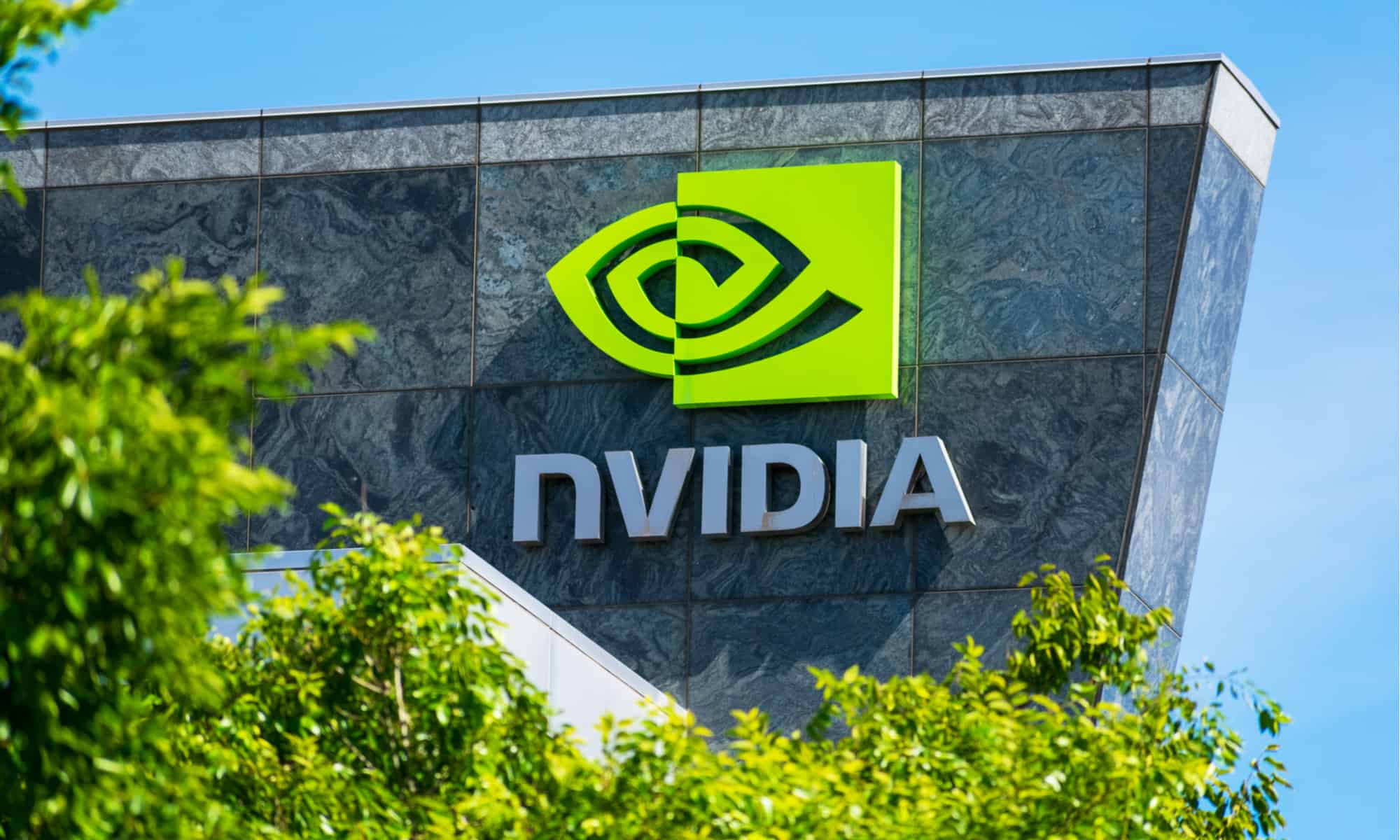On Wednesday, US chipmaker Nvidia became the first company to reach a market valuation of $5 trillion. The moment didn’t just mark another record; it confirmed Nvidia’s role as the foundation of global AI development and one of the most valuable companies ever created.
What makes this milestone remarkable is how fast it happened. Nvidia added another $1 trillion in value in less than 4 months after crossing $4 trillion in July 2025. Since the launch of ChatGPT in 2022, the company’s stock price has grown more than twelve times, pushing the S&P 500 to new highs and making Nvidia the heartbeat of AI investment worldwide.
On the day it crossed the $5 trillion mark, Nvidia’s stock rose by 4.5% to $210.11, bringing its total value to about $5.1 trillion. That jump alone equals the combined value of many Fortune 500 companies.
The company’s valuation now exceeds the total global cryptocurrency market and equals nearly half the size of Europe’s Stoxx 600 index. From hitting $1 trillion in 2023 to $5 trillion in 2025, Nvidia has become one of the most significant forces in global market growth and a core member of the Magnificent Seven, alongside Apple, Microsoft, Alphabet, Amazon, Meta, and Tesla.
How Nvidia’s revenue and AI demand keep growing
Numbers, not hype, back Nvidia’s $5 trillion valuation. The company’s growth comes from a full pivot to its most profitable segment, the Data Centre business, which powers the world’s AI systems.
In fiscal year 2025, Nvidia recorded $130.5 billion in revenue, a 114% jump from 2024. About $102 billion came from its Data Centre segment alone, making up nearly 80% of total revenue. In the last quarter of that year, this segment brought in $35.6 billion, demonstrating sustained demand from cloud providers, tech firms, and AI labs.
This shift proves that Nvidia has outgrown its image as a gaming chipmaker. It now serves as the infrastructure backbone for global AI operations. The company currently holds confirmed AI chip orders worth $500 billion, showing the strength of what analysts call its ongoing “AI super cycle.”
Even more convincing is Nvidia’s disclosure of a $500 billion backlog for upcoming Blackwell and Rubin chips through 2026. This isn’t a projection; it’s locked-in demand. Based on these figures, Nvidia expects Data Centre revenue of around $300 billion for fiscal 2027. For context, its Hopper line generated about $100 billion in revenue between 2023 and 2025.
How CUDA and hardware innovation keep Nvidia ahead
Nvidia’s $5 trillion market value rests on more than strong sales. Its biggest strength is the technological moat built around its hardware, software, and networking systems.
The CUDA ecosystem
At the centre of Nvidia’s dominance is CUDA, its exclusive software platform for parallel computing. CUDA connects Nvidia’s GPUs with tools and libraries that make AI training faster and more efficient. Libraries like cuDNN, TensorRT, and NCCL help developers run large AI models without performance issues.
This system creates a powerful lock-in effect. Once developers build AI models using CUDA, switching to another platform becomes expensive and time-consuming. Over time, this has given Nvidia control of over 90% of the AI training hardware market. The company’s technology is now used in finance, healthcare, and climate science, where rewriting CUDA-based code would cost millions.
This deep integration makes Nvidia’s software just as valuable as its chips. It keeps profit margins high and supports its market leadership in the global AI chip industry.
Mellanox and data centres
Nvidia’s success also depends on how well thousands of GPUs work together. The 2019 Mellanox acquisition gave Nvidia control of this communication layer. Mellanox technology connects GPUs at high speed, reducing bottlenecks in massive data centres.
Owning this interconnect system means Nvidia can deliver a complete AI infrastructure, from silicon and software to networking, ensuring its Data Centre business, now worth over $100 billion a year, runs efficiently at scale.
Hardware and cost efficiency
Nvidia’s H100 GPU shows why its products remain the top choice for AI workloads. The H100 trains AI models up to three times faster than the older A100. Although it costs more upfront, it reduces total expenses by cutting energy use and shortening training times.
Cloud providers now find the H100 more cost-effective per task, with about 40-60% lower costs per unit of work. For companies investing in AI, that efficiency makes Nvidia chips a more brilliant long-term choice and guarantees continued demand.
Nvidia’s next frontier beyond the GPU
Nvidia’s $5 trillion value didn’t come from GPUs alone. The company has expanded into new, high-growth markets, strengthening its control over the global AI ecosystem.
Omniverse and the rise of physical AI
Through its Omniverse platform, Nvidia is bringing AI into the physical world. CEO Jensen Huang calls it the “operating system for AI factories,” targeting what he describes as a $50 trillion physical AI market.
Omniverse lets companies create digital twins —virtual versions of real factories, vehicles, or data centres — to test and optimise before construction begins. It’s already helping industries design smarter systems and improve production efficiency. While Nvidia doesn’t list Omniverse revenue separately, it fuels growth in its Data Centre and Automotive divisions, with the latter earning $1.7 billion in 2025.
By positioning Omniverse at the centre of industrial automation, robotics, and manufacturing, Nvidia is laying the groundwork for the next decade of AI-driven infrastructure.
Partnerships and global reach
Nvidia’s strategy also depends on powerful partnerships. It recently announced a significant deal with OpenAI, including a $100 billion investment that ensures long-term chip demand. The company is also building seven supercomputers for the U.S. government, strengthening its role in America’s AI development.
Partnerships with firms like Palantir Technologies expand Nvidia’s reach into defence, logistics, and healthcare. At the same time, geopolitical discussions around the sale of its Blackwell chips to China show how closely the company’s success is tied to international policy. Any relaxation in export restrictions could instantly lift Nvidia’s market value.
How Nvidia’s partnership with Intel protects the CUDA ecosystem
Nvidia’s partnership with Intel marks a new phase of strategic cooperation. Both companies are working on data centre and PC products that connect their architectures through NVIDIA NVLink.
Intel will build custom x86 CPUs and system-on-chip integrated with Nvidia’s RTX GPU chiplets, while Nvidia invests $5 billion in Intel stock. This collaboration keeps the CUDA ecosystem central to enterprise and cloud computing. It also prevents competitors from building closed systems that exclude Nvidia technology, preserving the high margins from its Data Centre business.
Valuation integrity and future projections
The key question for investors is simple: Can Nvidia’s $5 trillion value last? The answer depends on how much of the future AI infrastructure market Nvidia can own.
Is Nvidia in a bubble?
Right now, most analysts remain confident. Out of 80 analysts tracking Nvidia, 73 rate the stock a “buy.” Their view is that global AI spending is only at the beginning. Forecasts suggest annual AI infrastructure investment could reach $3 to $4 trillion by 2030, about 40% higher each year than current levels. If Nvidia continues to power most of that infrastructure, its current value could be justified by strong long-term earnings.
Still, not everyone agrees. A few analysts warn that Nvidia’s success relies heavily on a handful of large buyers — Microsoft, Google, Amazon, Meta, Oracle, and OpenAI — who together are expected to spend around $400 billion on AI this year. If any of these companies reduce spending or entirely switch to their own chips, Nvidia’s growth could slow sharply.
Projecting the next five years
Nvidia’s AI infrastructure revenue is currently around $164 billion annually. Projections suggest it could grow to between $1.3 trillion and $2.2 trillion within five years, an 8- to 14-fold increase.
If these growth rates hold, Nvidia’s stock could rise from about $183 to between $1,300 and $2,100 over the same period. In more optimistic forecasts, prices could reach $3,100, representing a compound annual growth rate above 60%. Some analysts even see the potential for an $8 trillion valuation, but that depends on Nvidia expanding into newer markets like Omniverse and Automotive AI to reduce reliance on hyperscaler demand.










